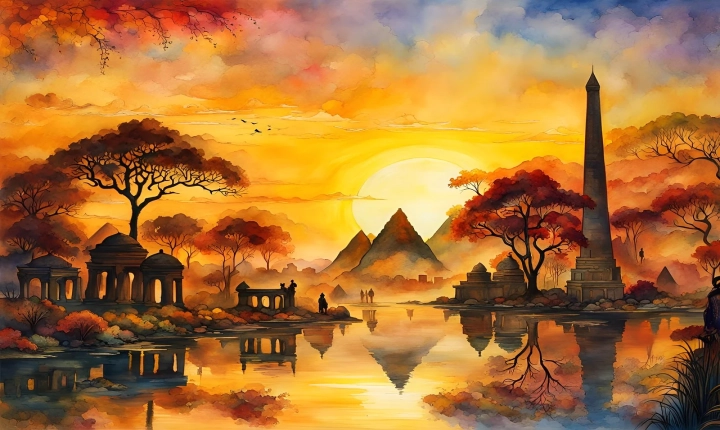Title: Enhancing Visual Appeal: How to Apply Texture AI to Digital Art
In the digital art world, creating realistic and visually stunning textures has always been a challenging task. However, with the advent of Texture AI, artists now have a powerful and efficient tool at their disposal to seamlessly integrate lifelike textures into their artwork. Whether it’s adding a weathered look to a building facade or simulating the intricate details of natural elements, Texture AI can significantly enhance the visual appeal of digital art. In this article, we’ll explore practical tips for applying Texture AI to elevate the quality and realism of digital art.
Understanding the Fundamentals of Texture AI
Texture AI, also known as texture synthesis, is a cutting-edge technology that uses artificial intelligence algorithms to generate and manipulate textures. By analyzing existing patterns and structures, Texture AI can create new textures that closely resemble real-world surfaces, such as wood, metal, fabric, and stone. This technology enables artists to apply textures seamlessly, providing an unparalleled level of realism in their digital creations.
Selecting the Right Tools and Software
To effectively utilize Texture AI in digital art, artists should equip themselves with the appropriate software and tools. Several leading software platforms offer Texture AI capabilities, including Adobe Photoshop, Substance Designer, and Corel Painter. These tools provide a range of features and filters specifically designed for texture manipulation, allowing artists to experiment with different textures and achieve their desired artistic vision.
Choosing High-Quality Source Images
The foundation of successful texture application lies in the selection of high-quality source images. When using Texture AI, artists can either utilize existing texture libraries or capture their own images using a high-resolution camera. The chosen source images should capture the fine details and nuances of the desired texture, ensuring that the resulting synthetic texture aligns with the desired visual aesthetic.
Experimenting with Parameters and Settings
Texture AI software often provides a wide array of parameters and settings that artists can adjust to fine-tune the generated textures. Experimenting with these settings, such as scale, contrast, and color variation, allows artists to customize the textures to suit their specific artistic needs. Additionally, some software platforms offer the ability to blend or combine multiple textures, empowering artists to create complex and unique textures that stand out in their digital art.
Integrating Texture AI in Artistic Workflows
When integrating Texture AI into their artistic workflows, artists should consider its impact on the overall composition and visual narrative of their digital art. By strategically applying textures to different elements within their artwork, such as backgrounds, objects, or characters, artists can enhance the sense of depth, realism, and tactile quality in their creations. Furthermore, Texture AI can be utilized to create seamless transitions between different textures, ensuring a cohesive and harmonious visual experience.
Embracing Creative Exploration and Iteration
As with any artistic tool, the effective application of Texture AI requires a willingness to explore and iterate. Artists should feel encouraged to experiment with various textures, blending modes, and layering techniques to discover the most compelling and visually engaging results. By embracing creative exploration, artists can push the boundaries of Texture AI’s capabilities and unlock the full potential of this innovative technology in their digital art practice.
In conclusion, Texture AI offers artists unprecedented opportunities to elevate the visual appeal and realism of their digital art. By applying Texture AI effectively, artists can enrich their creations with lifelike textures that captivate audiences and convey a heightened sense of craftsmanship. Through a combination of technical proficiency, creative intuition, and artistic experimentation, artists can harness the power of Texture AI to push the boundaries of digital artistry and create captivating visual experiences for viewers.
